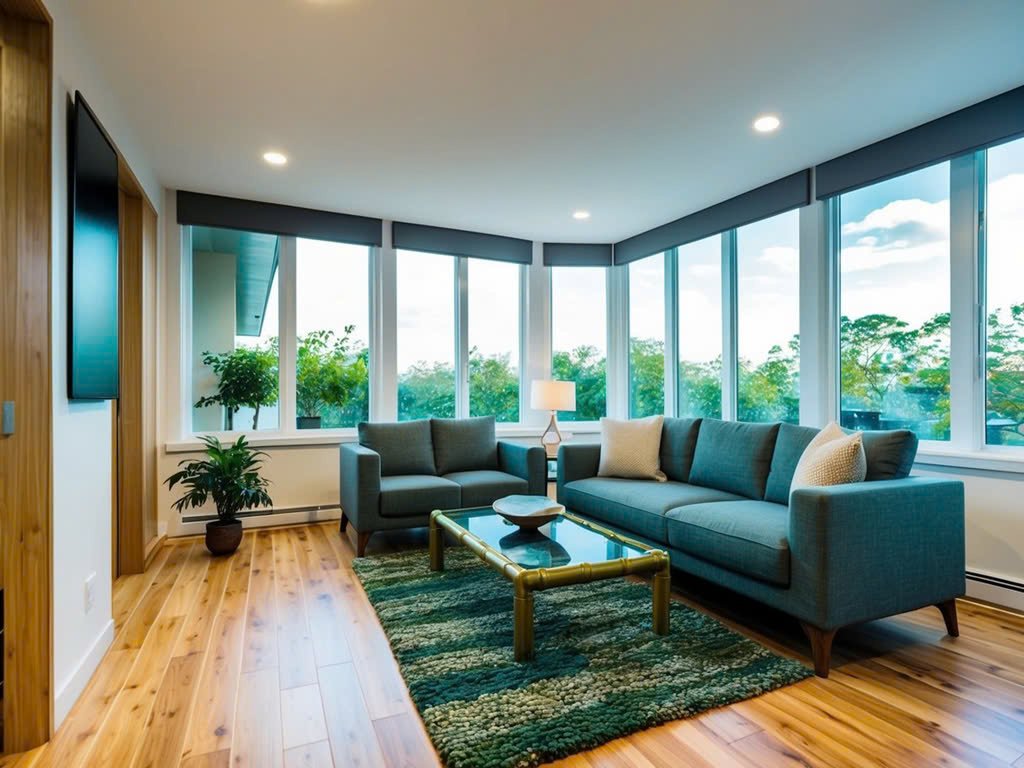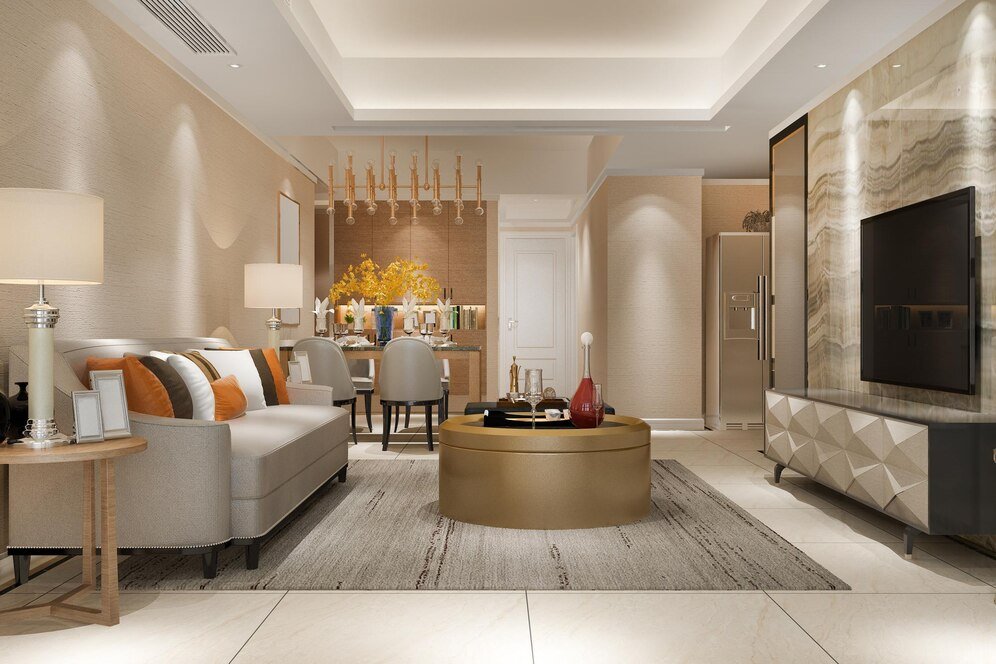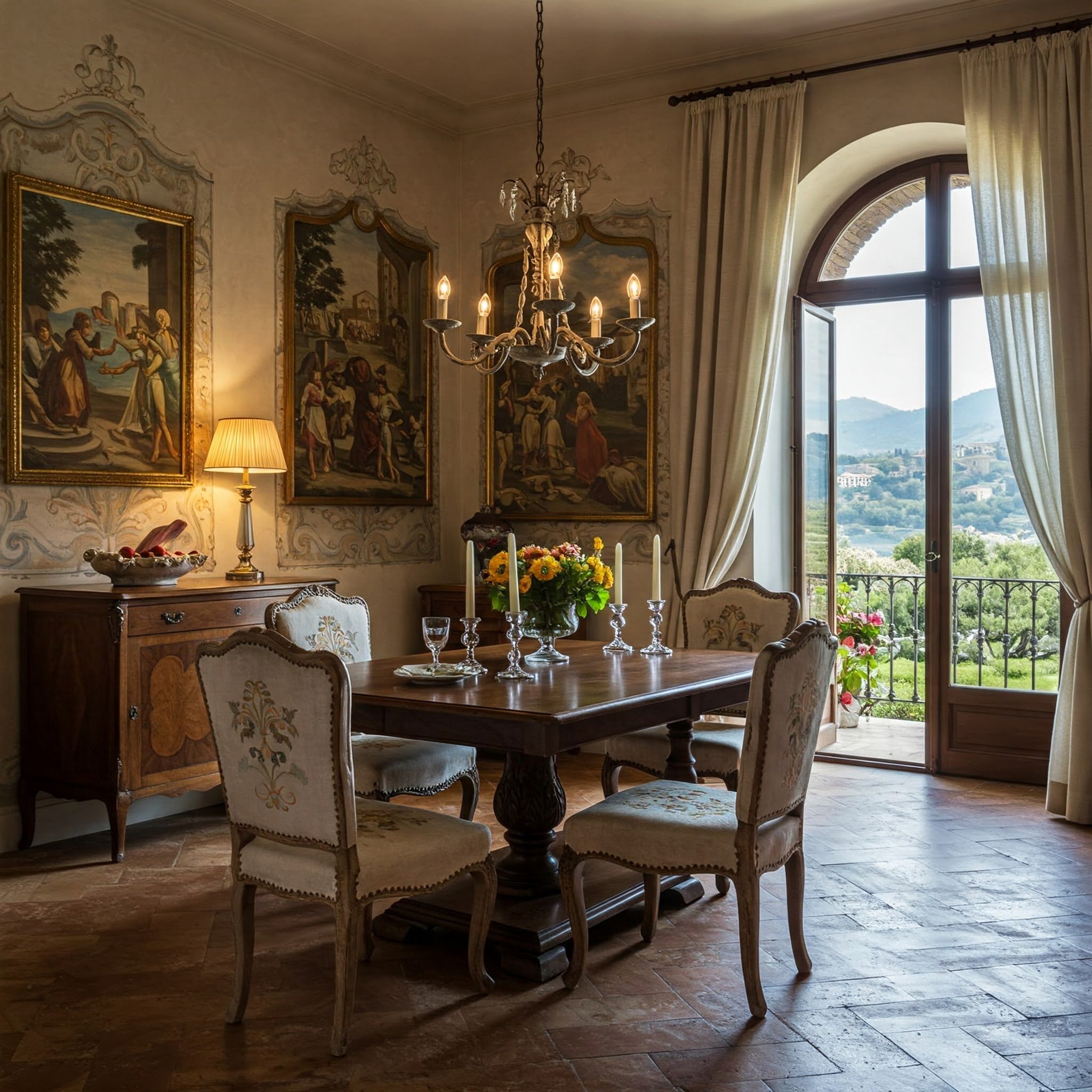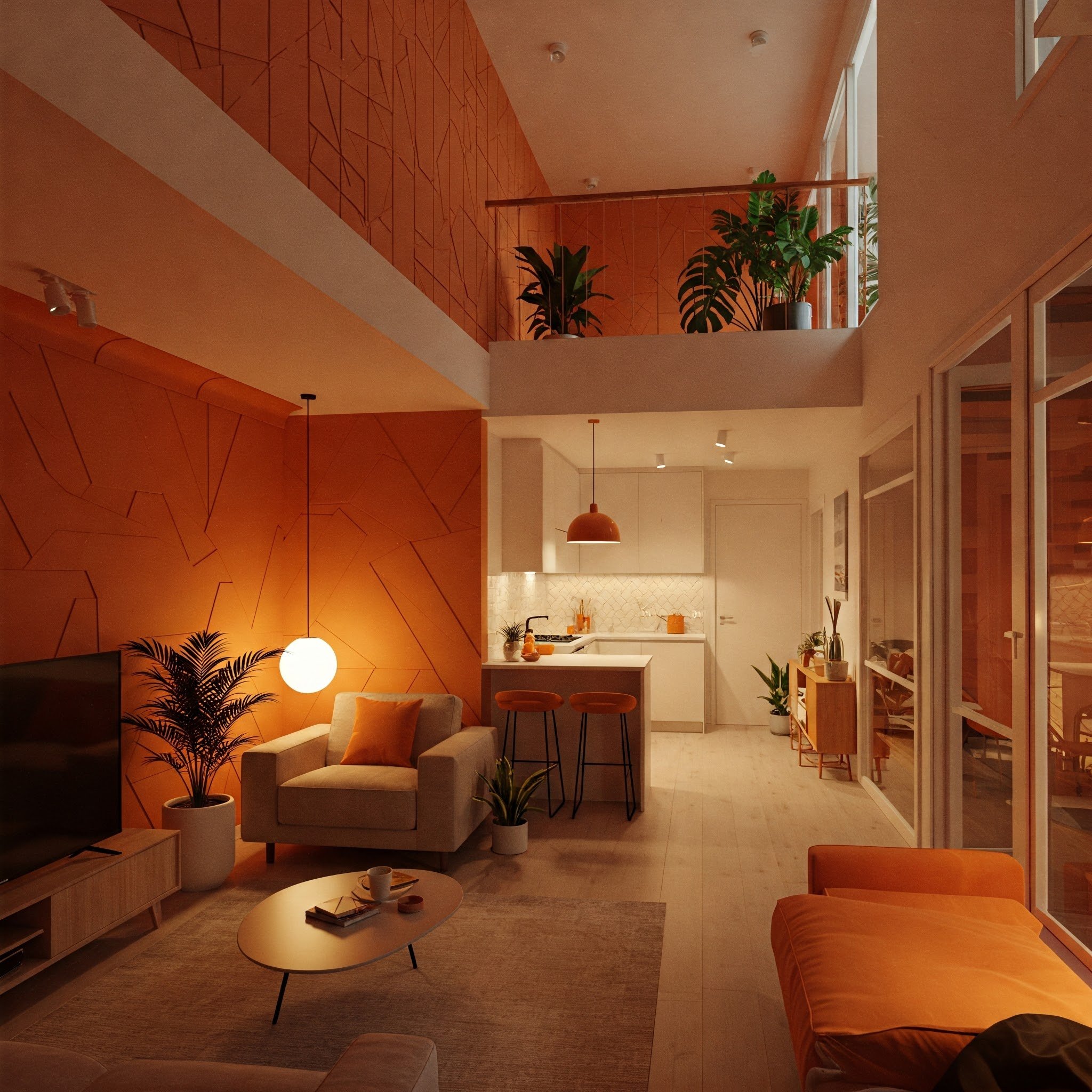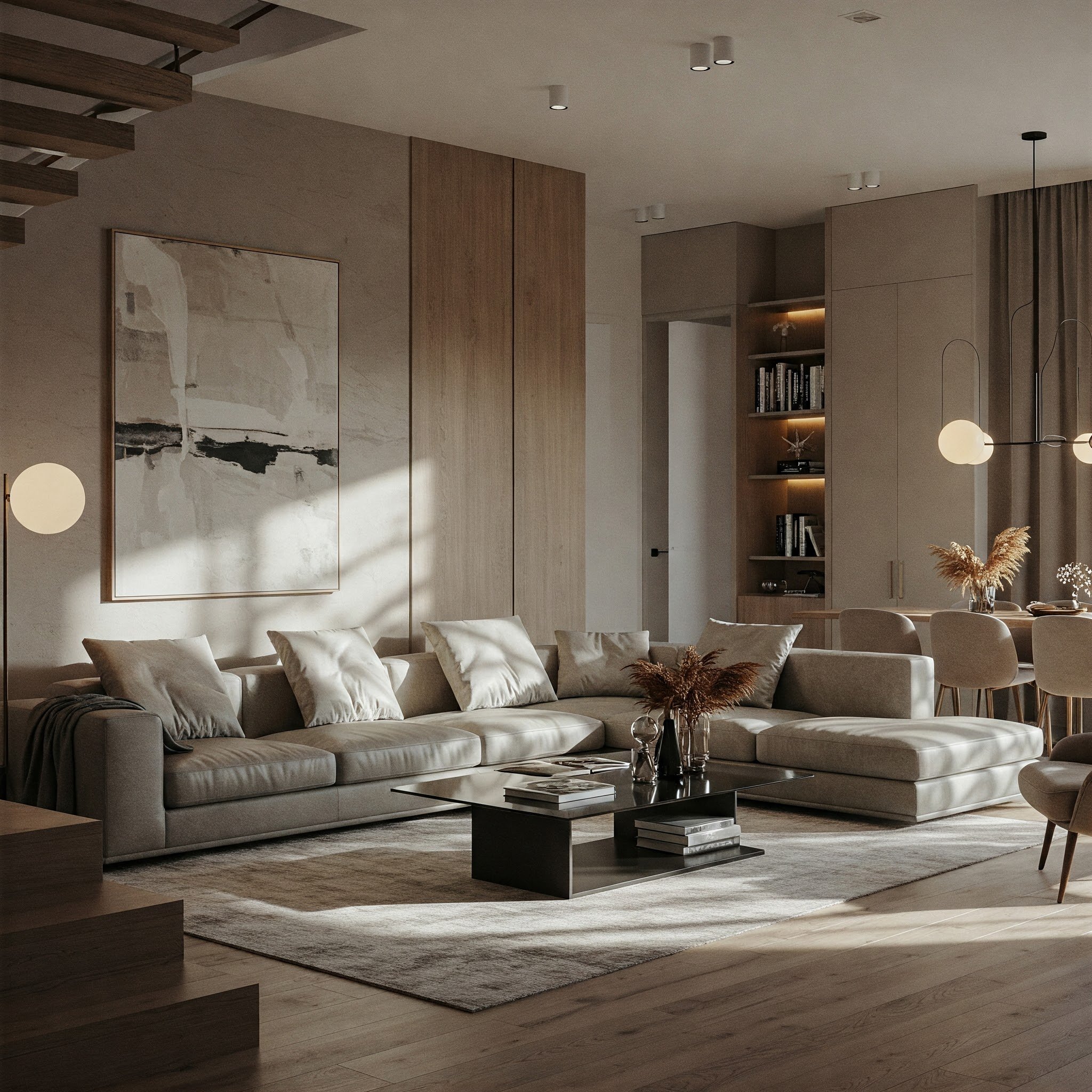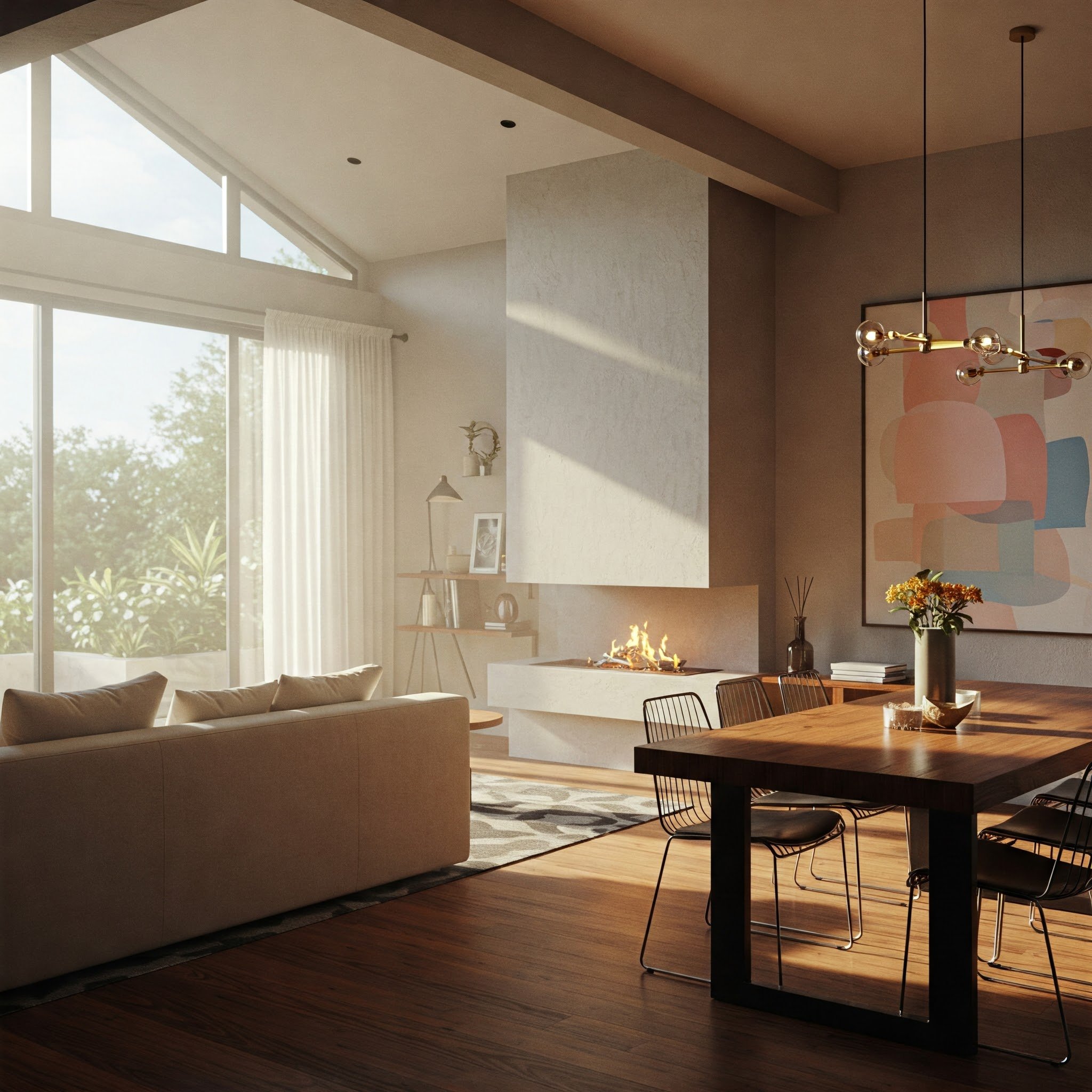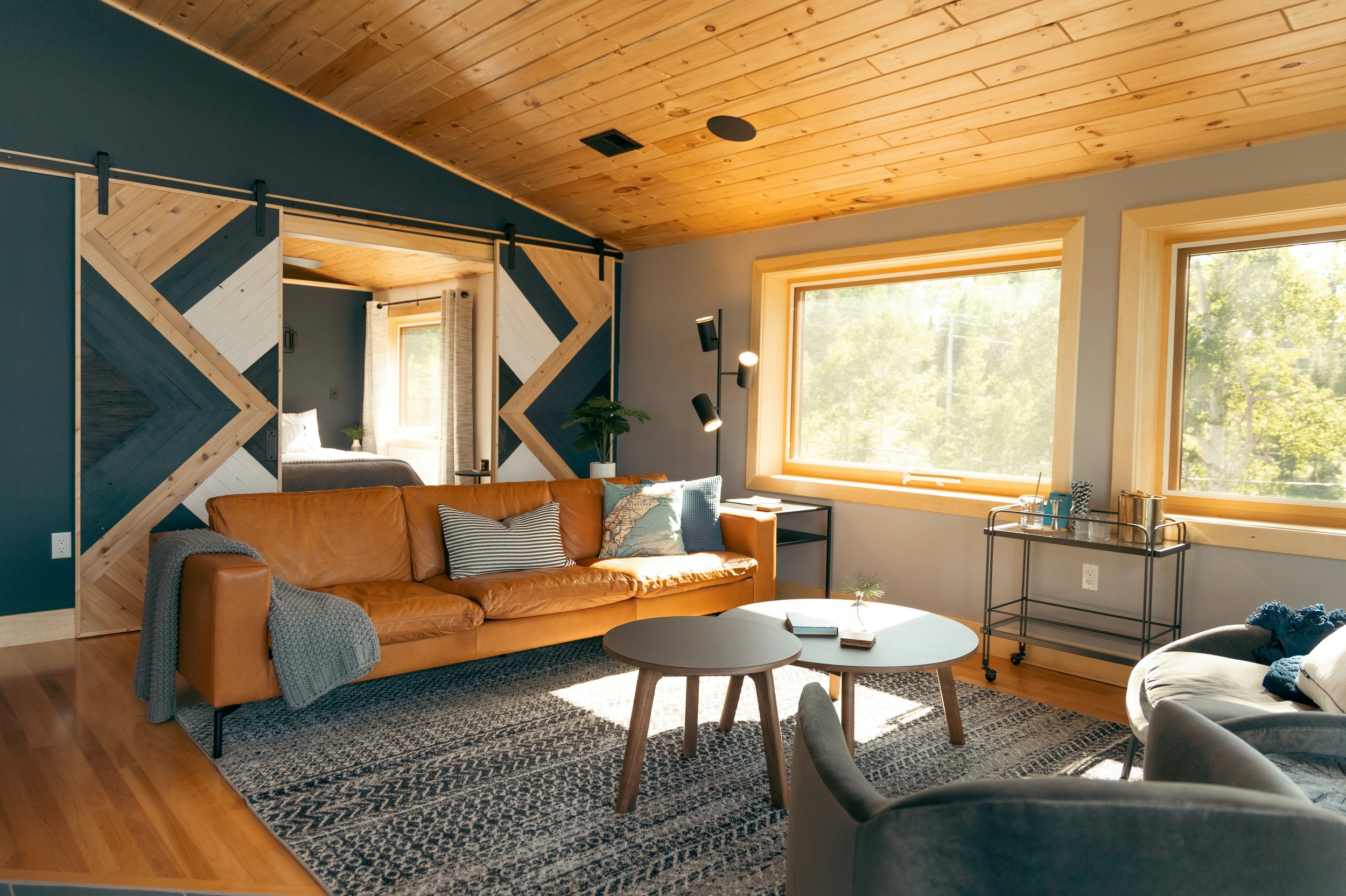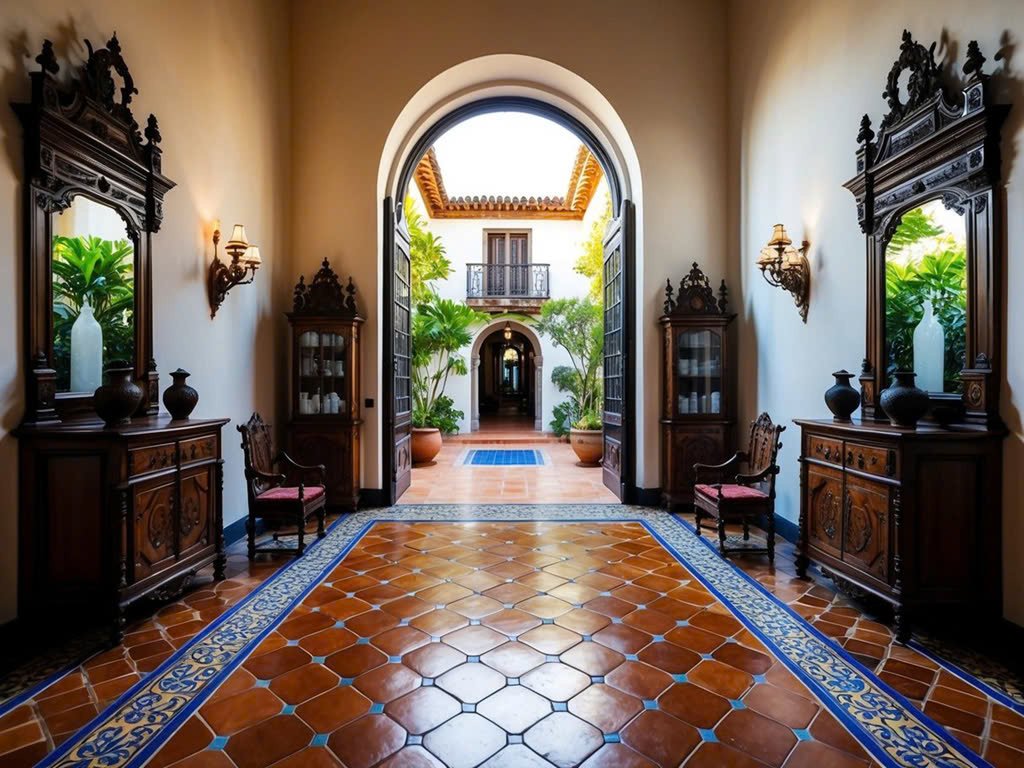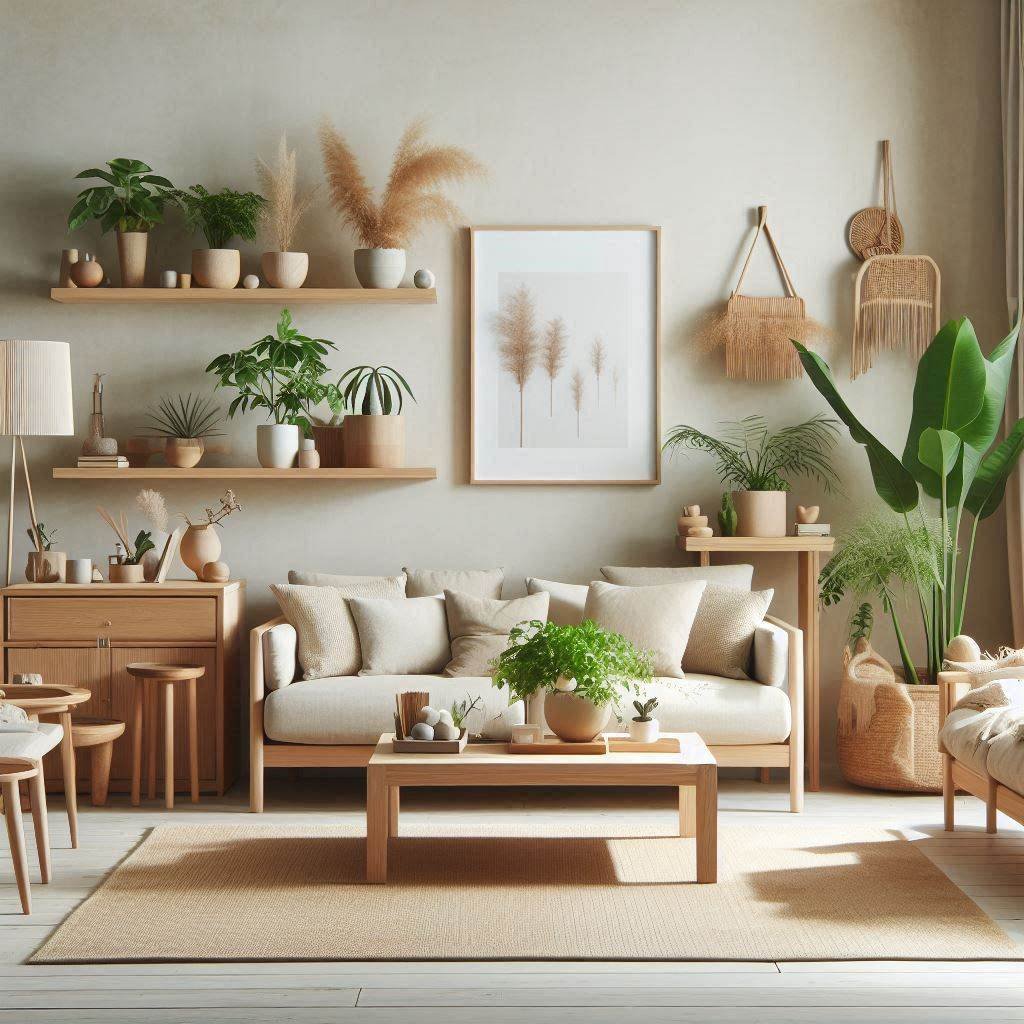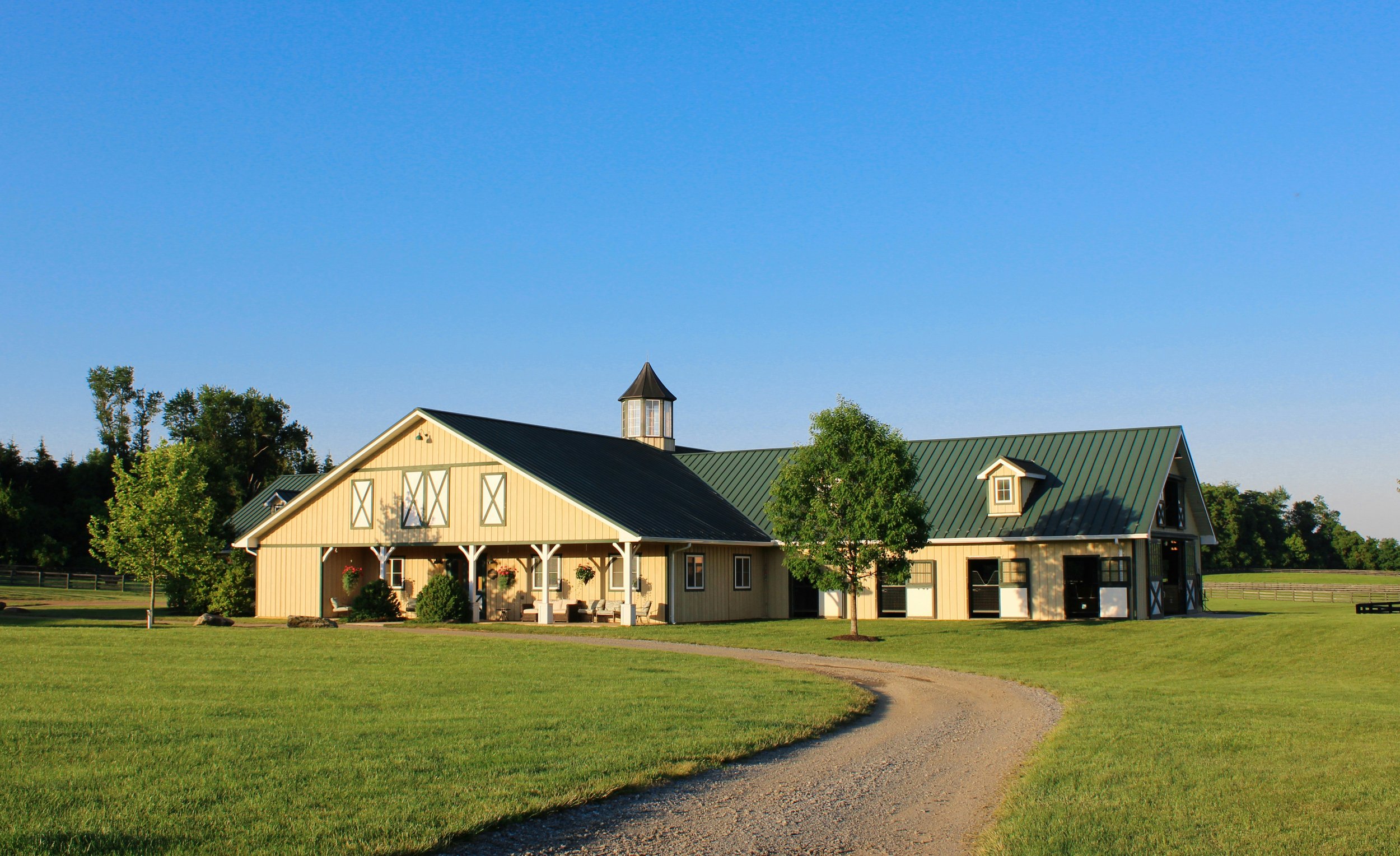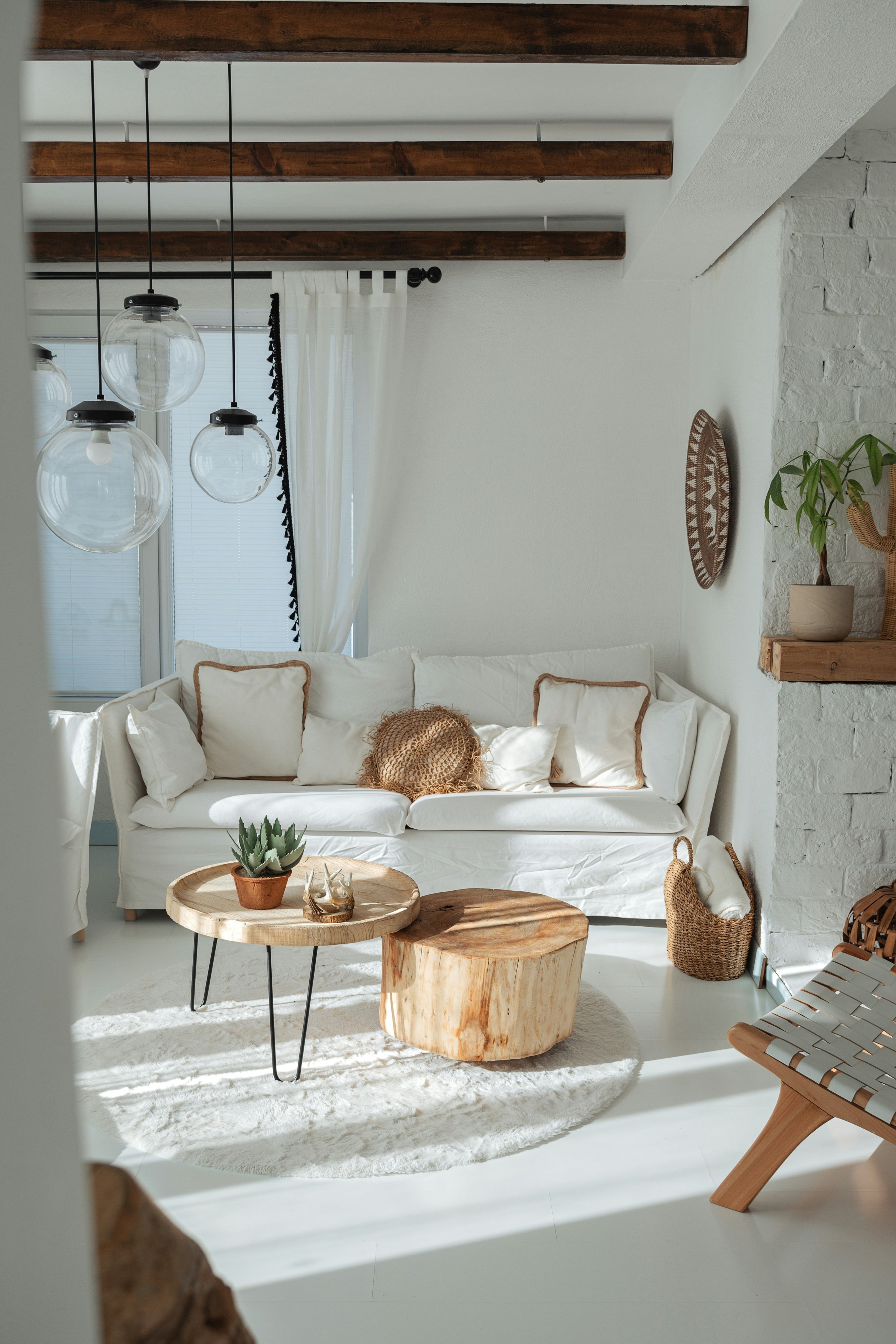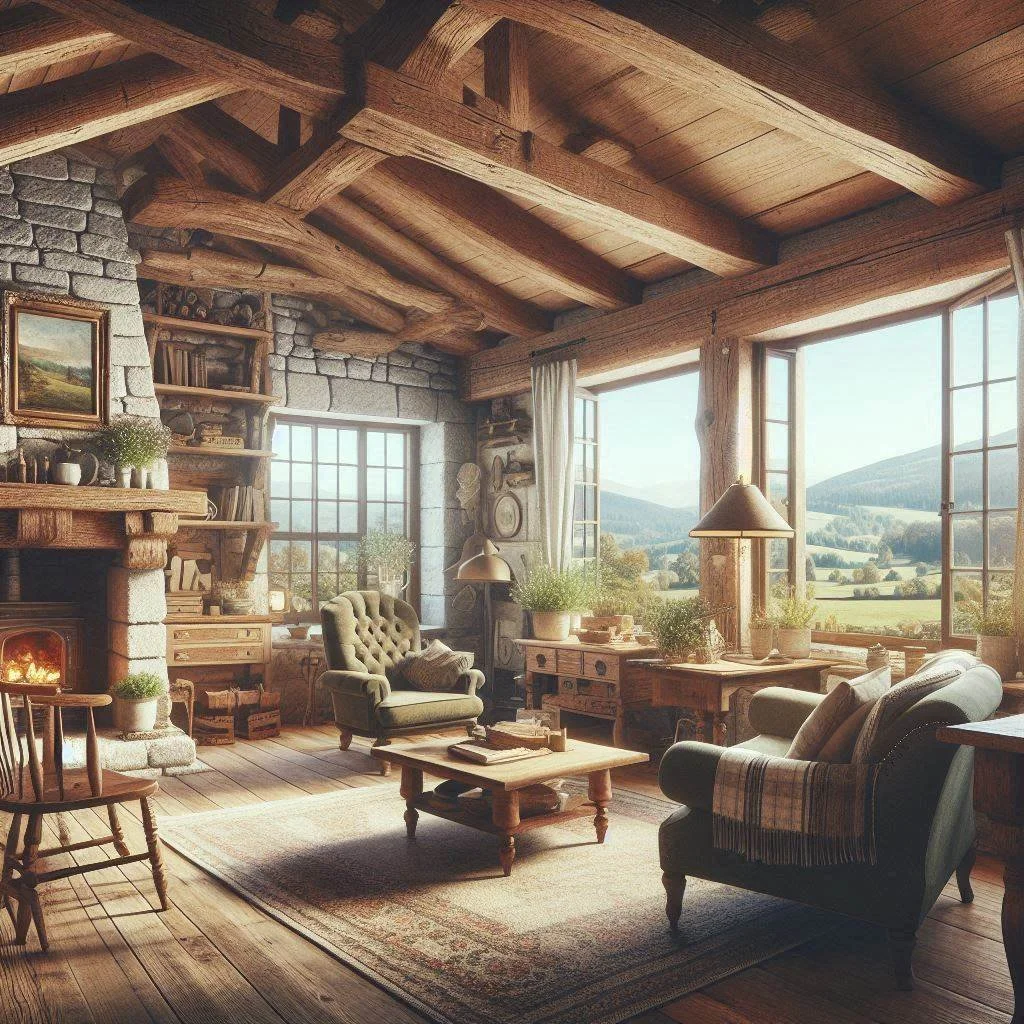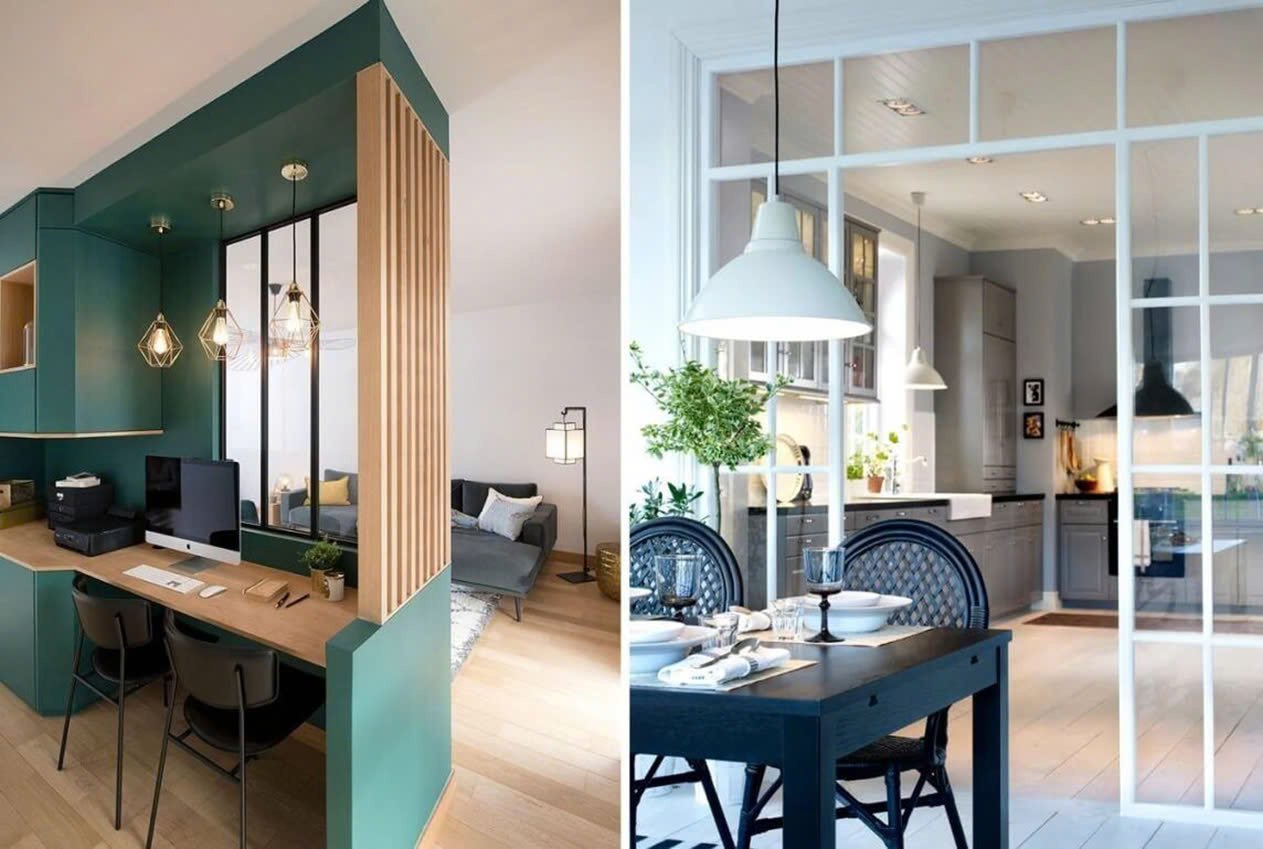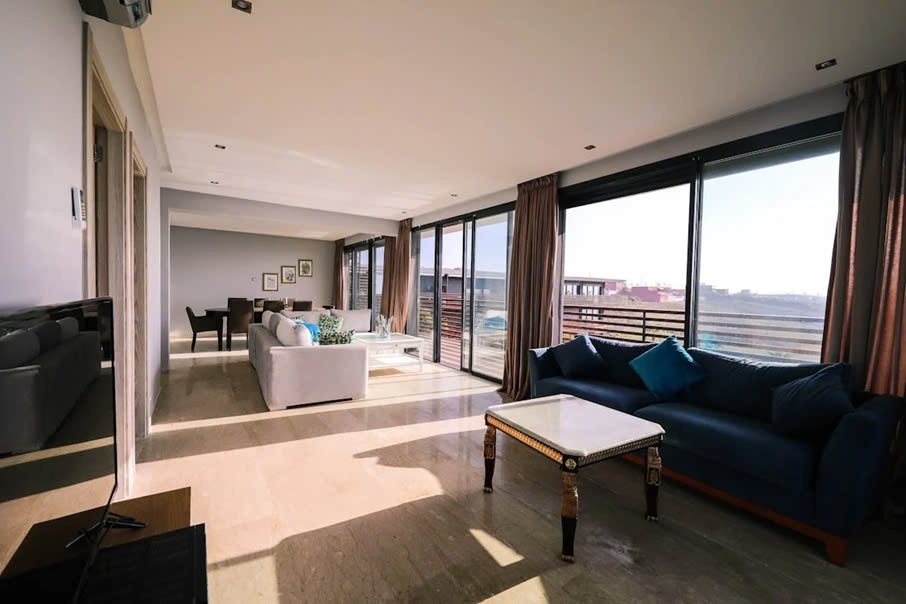Top Interior Design Trends That Will Define 2025
Discover the top interior design trends for 2025, featuring sustainable materials, bold color choices, and innovative design concepts for stylish living.
As 2025 approaches, the landscape of interior design is evolving, with fresh concepts that resonate with the changing lifestyles and preferences of individuals. This year, the emphasis is on sustainability, bold colors, and versatile spaces, reflecting a growing desire for environments that are both functional and aesthetically pleasing. Key trends such as biophilic design, maximalism, and smart home integration will significantly shape the way people approach their living spaces.
Designers predict that merging natural elements into interiors will create serene, restorative environments that connect occupants with nature. In addition, the resurgence of maximalism encourages personal expression through vibrant patterns and eclectic decor, allowing for unique and personalized spaces. The integration of technology continues to enhance convenience and comfort, making it an essential element of modern interior design.
Ultimately, staying informed about these trends will empower homeowners and enthusiasts alike to make thoughtful choices that elevate their spaces. By focusing on emerging themes, individuals can create homes that reflect their values and preferences while keeping up with the latest in design.
Sustainable and Eco-Friendly Materials
The demand for sustainable and eco-friendly materials continues to shape interior design in 2025. Designers focus on materials that not only enhance aesthetics but also support environmental responsibility and comfort in living spaces.
Recycled Textiles and Furnishings
Recycled textiles and furnishings play a crucial role in sustainable design. Fabrics made from repurposed materials, such as recycled plastic bottles or old garments, significantly reduce waste.
These textiles contribute to distinctive aesthetics, offering unique colors and textures that enhance interiors. They are increasingly used in upholstery, curtains, and throws, fostering comfort and sustainability.
Additionally, manufacturers are producing high-quality furnishings from reclaimed wood and metal. Such pieces often bring character to spaces while minimizing environmental impact. This trend emphasizes not just style but promotes a conscious consumer approach.
Natural Material Highlight
Natural materials continue to gain traction in interior environments. Wood, stone, and bamboo are favored for their renewability and minimal processing.
These materials enhance comfort through their tactile qualities and often integrate seamlessly with various design styles. For instance, warm oak floors or bamboo accents can make a space feel inviting.
The use of clay and natural fibers in walls and decorations also offers both aesthetic and health benefits. They provide natural air purification and improve indoor air quality, contributing to a healthier living environment. Designers gravitate toward these materials to create harmonizing, eco-friendly spaces.
Smart Home Integration
Smart home integration is revolutionizing interior design in 2025, emphasizing convenience, efficiency, and enhanced living experiences. This trend marries technology with home aesthetics, leading to advanced automation systems and improved HVAC solutions.
Advanced Automation Systems
Advanced automation systems streamline home management by allowing users to control lighting, security, and appliances remotely. These systems utilize smartphone applications, voice commands, and sensors that create a responsive environment tailored to individual lifestyles.
For instance, smart lighting adjusts based on time of day or occupancy, contributing to energy savings. Security systems with smart cameras and alarms provide peace of mind, enabling homeowners to monitor their property anytime, anywhere.
Moreover, integration with existing home networks ensures compatibility and ease of use. Many companies that offer local HVAC services for Knoxville homes can provide automation that connects heating and cooling systems, enhancing both comfort and efficiency.
Seamless HVAC Integration
Seamless HVAC integration is crucial for maintaining energy efficiency and comfort in smart homes. Modern systems can be programmed to adapt to user preferences and external weather conditions.
Smart thermostats allow homeowners to adjust temperatures remotely, and many units can learn patterns to optimize usage. This approach not only conserves energy but can also lower utility bills significantly.
Local HVAC services for Knoxville homes increasingly focus on retrofitting existing systems with smart technology. This can include installing variable speed fans, advanced filters, and zoning systems that enhance climate control while preserving design aesthetics.
Multifunctional Spaces and Furniture
In 2025, the emphasis on multifunctional spaces and furniture will continue to grow. This trend highlights the need for designs that maximize utility without sacrificing aesthetics. Key strategies include modular designs and innovative space-saving solutions.
Modular Design Concepts
Modular design is gaining traction due to its adaptability. It allows homeowners to customize layouts easily based on their needs.
Key features include:
Interchangeable Components: Furniture pieces can be reconfigured or combined for different purposes.
Versatile Use: Items like sectional sofas and shelving units can serve multiple functions, optimizing both space and utility.
This flexibility makes modular furniture ideal for urban living, where space is often at a premium. As lifestyles evolve, these designs support everything from home offices to entertainment areas.
Space-Saving Solutions
Innovative space-saving solutions are essential for modern interiors. Homeowners increasingly seek out furniture that blends seamlessly into their environment while offering practical benefits.
Examples of space-saving solutions:
Foldable or Expandable Furniture: Tables and chairs that can be tucked away when not in use.
Built-in Storage: Features such as hidden compartments within beds and benches reduce clutter.
These designs not only enhance functionality but also contribute to a cleaner aesthetic. Prioritizing efficient use of space ensures that homes remain stylish and comfortable, reflecting contemporary lifestyle needs.
Color and Texture Predictions for 2025
The year 2025 will witness a shift towards bold color palettes and a focus on textural contrast. These trends will transform spaces into vibrant, multidimensional environments.
Bold Color Palettes
Expect a resurgence of bold colors that evoke strong emotions. Deep blues, vibrant greens, and rich burgundies will dominate interiors. These hues create focal points and enhance the atmosphere of each room.
Color combinations to consider:
Emerald Green + Mustard Yellow
Navy Blue + Terracotta
Crimson Red + Soft Gray
Accent colors, such as bright coral and vivid teal, will provide balance. Homeowners will embrace color in wall paint, furniture, and accessories, making statements rather than opting for neutral shades.
Textural Contrast
Textural variety will play a crucial role in interior design for 2025. Mixing materials such as velvet, metal, wood, and glass will add depth.
Incorporating textures can transform a simple space into a dynamic environment. For instance, pairing a smooth, sleek leather sofa with a chunky knit throw or a woven rug creates visual interest.
Key textures to explore:
Soft Fabrics: Velvet cushions, linen drapes.
Hard Surfaces: Glass tabletops, concrete accents.
Natural Elements: Woven baskets, reclaimed wood.
This approach fosters a tactile experience, inviting residents and guests to engage with their surroundings in a meaningful way.
